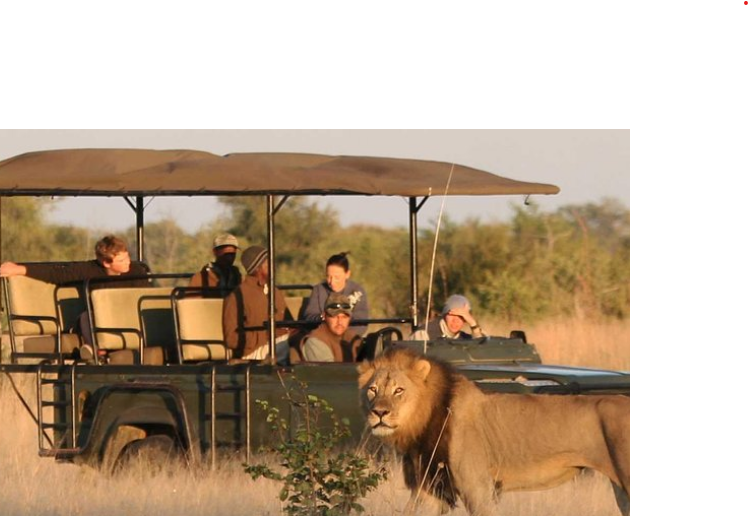Context:
Tanzania has activated the first turbine of a new hydroelectric plant, which will double its power generation capacity.
More on news
- However, the plant’s location within a U.N.-designated World Heritage Site has sparked conservationist opposition.
- It is located within the Selous Game Reserve, a UN-designated World Heritage Site, the 2,115 MW Julius Nyerere Hydropower Plant is situated on the Rufiji River basin.
Selous Game Reserve
- It is also known as Nyerere National Park.
- This reserve ranks among the largest protected areas on the African continent.
- The park has a variety of vegetation zones, ranging from dense thickets to open wooded grasslands.
- It serves as a sanctuary for an impressive array of wildlife, including the south-central black rhinoceros, African bush elephant, African wild dog, hippopotamus, lion, African buffalo, Masai giraffe, Nile crocodile and plains zebra.
About Tanzania
- Located just below the equator in East Africa, mainland Tanzania is surrounded by the great lakes Victoria, Tanganyika, and Malawi. Its eastern coastline is graced by the Indian Ocean.
- Its borders touch Uganda and Kenya to the north, Mozambique and Malawi to the south, Zambia to the southwest, and the Democratic Republic of Congo, Burundi, and Rwanda to the west.
- Mount Kilimanjaro, standing tall at 19,336 feet, is officially recognized as the highest peak in Africa.
- The periphery is adorned with three expansive lakes: Victoria, the world’s second-largest freshwater lake; Tanganyika, ranking second only to Lake Baikal as the deepest; and Lake Malawi.
- Internally, Tanzania boasts several lakes including Natron, Eyasi, Manyara, and Rukwa.
- Despite being the source of three major African rivers—the Nile, the Zaire, and the Zambezi—Tanzania has relatively few permanent rivers.
- The central plateau often faces water scarcity for half the year, while the rainy season brings its own challenge of flooding.


